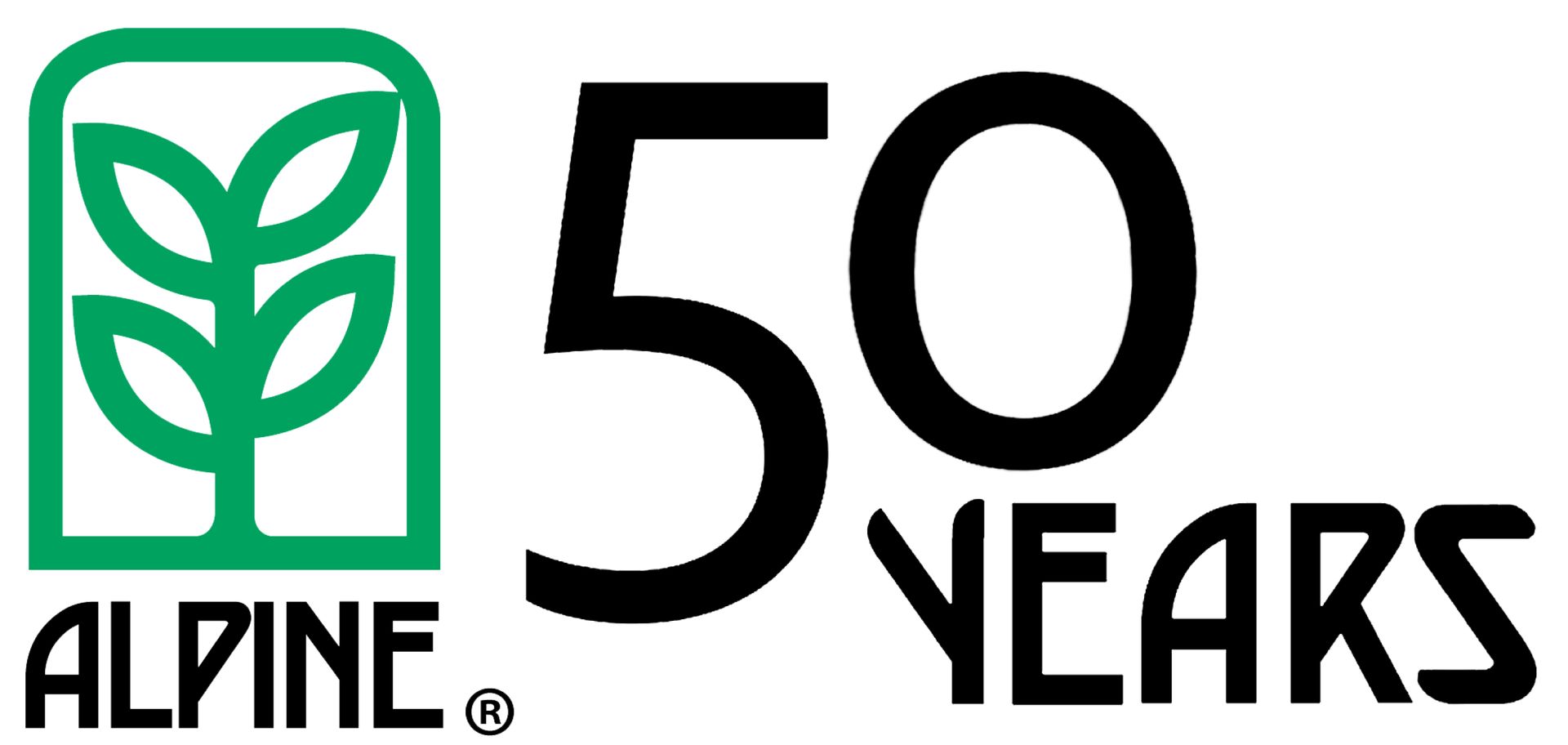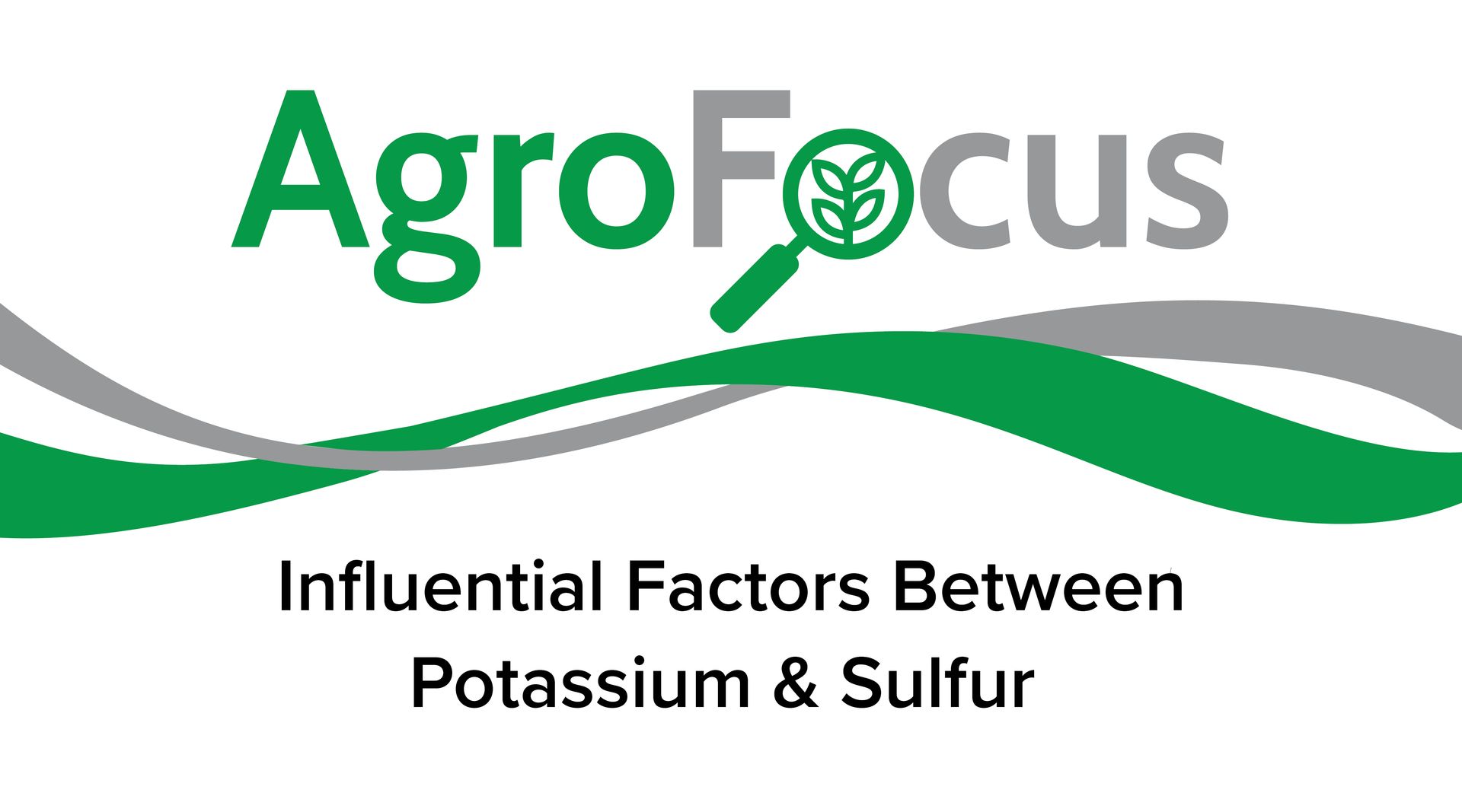Need some Milk with your Special K?
The most neglected and taken-for-granted crop nutrient is K. Potassium deficiencies are far and away increasing at a rapid rate in field after field and crop after crop. We know how to manage nitrogen and phosphate but what about that “Special K” nutrient…Potassium. Below is an article from http://www.smart-fertilizer.com/articles/potassium-in-plants The article perfectly describes the value and critical rolls potassium plays in plants… Potassium is an essential plant nutrient and is required in large amounts for proper growth and reproduction of plants. Potassium is considered second only to nitrogen, when it comes to nutrients needed by plants, and is commonly considered as the “quality nutrient.” It affects the plant shape, size, color, taste and other measurements attributed to healthy produce. Plants absorb potassium in its ionic form, K+. Potassium has many different roles in plants: In Photosynthesis, potassium regulates the opening and closing of stomata, and therefore regulates CO2 uptake. Potassium triggers activation of enzymes and is essential for production of Adenosine Triphosphate (ATP). ATP is an important energy source for many chemical processes taking place in plant issues. Potassium plays a major role in the regulation of water in plants (osmo-regulation). Both uptake of water through plant roots and its loss through the stomata are affected by potassium. Known to improve drought resistance. Protein and starch synthesis in plants require potassium as well. Potassium is essential at almost every step of the protein synthesis. In starch synthesis, the enzyme responsible for the process is activated by potassium. Activation of enzymes – potassium has an important role in the activation of many growth related enzymes in plants. If you really want to improve the potassium efficiency in your crops, consider NACHURS Bio-K. This unique form of potassium translocates better, is the most efficient form of K available, safe, compatible with other inputs, non-corrosive, and unless the temperature falls below -70o F…it will not freeze. As for the milk, don’t forget to include essential, high quality secondary and micronutrients (S, B, Cu, Fe, Mn, Zn, etc.) in your nutrient program. There are a host of benefits that will be met when balancing your plant nutrient program with ALL essential nutrients, not just the primary ones. By the way, NACHURS manufactures some of the highest quality micronutrients in the marketplace. Remember, EDTA chelated micronutrients are mandatory when mixing with many other inputs, otherwise they can precipitate out and become unavailable. For more information on Bio-K and micronutrients, visit our website: www.nachurs.com or contact one of our agronomists. Take time to read and digest Bio-K and NACHURS Finish Line, two of NACHURS best technologies. -Keith Flaniken, Southern US Sales Agronomist
The most neglected and taken-for-granted crop nutrient is K. Potassium deficiencies are far and away increasing at a rapid rate in field after field and crop after crop. We know how to manage nitrogen and phosphate but what about that “Special K” nutrient…Potassium.
Below is an article from http://www.smart-fertilizer.com/articles/potassium-in-plants
The article perfectly describes the value and critical rolls potassium plays in plants…
Potassium is an essential plant nutrient and is required in large amounts for proper growth and reproduction of plants. Potassium is considered second only to nitrogen , when it comes to nutrients needed by plants, and is commonly considered as the “quality nutrient.”
It affects the plant shape, size, color, taste and other measurements attributed to healthy produce.
Plants absorb potassium in its ionic form, K+.
Potassium has many different roles in plants:
- In Photosynthesis, potassium regulates the opening and closing of stomata, and therefore regulates CO2 uptake.
- Potassium triggers activation of enzymes and is essential for production of Adenosine Triphosphate (ATP). ATP is an important energy source for many chemical processes taking place in plant issues.
- Potassium plays a major role in the regulation of water in plants (osmo-regulation). Both uptake of water through plant roots and its loss through the stomata are affected by potassium.
- Known to improve drought resistance.
- Protein and starch synthesis in plants require potassium as well. Potassium is essential at almost every step of the protein synthesis. In starch synthesis, the enzyme responsible for the process is activated by potassium.
- Activation of enzymes – potassium has an important role in the activation of many growth related enzymes in plants.
If you really want to improve the potassium efficiency in your crops, consider NACHURS Bio-K. This unique form of potassium translocates better, is the most efficient form of K available, safe, compatible with other inputs, non-corrosive, and unless the temperature falls below -70 o
F…it will not freeze.
As for the milk, don’t forget to include essential, high quality secondary and micronutrients (S, B, Cu, Fe, Mn, Zn, etc.) in your nutrient program. There are a host of benefits that will be met when balancing your plant nutrient program with ALL essential nutrients, not just the primary ones. By the way, NACHURS manufactures some of the highest quality micronutrients in the marketplace. Remember, EDTA chelated micronutrients are mandatory when mixing with many other inputs, otherwise they can precipitate out and become unavailable.
For more information on Bio-K and micronutrients, visit our website: www.nachurs.com or contact one of our agronomists. Take time to read and digest Bio-K and NACHURS Finish Line, two of NACHURS best technologies.
-Keith Flaniken, Southern US Sales Agronomist










